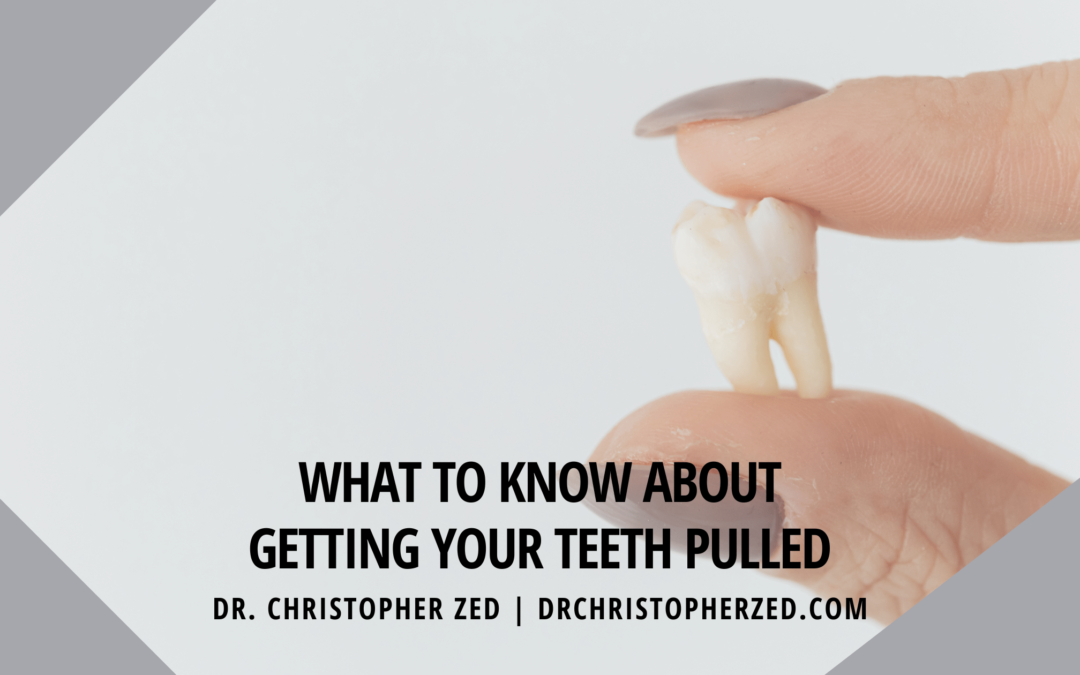Sometimes, tooth extraction is necessary to maintain oral health and appearance. Although permanent teeth were designed to last a lifetime, it can be required for some people to have a tooth pulled due to a severe injury or decay. One of the most common reasons for tooth extraction is a damaged tooth. Other reasons include a crowded mouth and infection.
What to Expect
Oral surgeons and dentists perform the procedure. During the process, the patient’s dentist will inject a local anesthetic solution into the area where the tooth will be taken out. Sometimes, the dentist will use a more potent general anesthetic to numb the area. This method will prevent the pain from returning to your body.
If the tooth is severely damaged, the dentist will remove bone and gum tissue from it. They will then use forceps to rock the tooth back and forth to loosen it gently. Sometimes, a hard-to-pull tooth will have to be taken out in pieces.
After the tooth has been extracted, a blood clot usually forms in the socket. To prevent the bleeding, the dentist will use a bandage. Sometimes, they will close the edges of the extraction site using a combination of self-dissolving and stitching.
When the blood clot breaks loose, it can expose the bone in the socket. This condition, known as dry socket, is excruciating and can affect the tooth’s function. The dentist will put a sedative dressing over the area to minimize the risk of a new clot forming.
What You Should Tell Your Doctor Before the Procedure
Although tooth extraction is generally safe, it can also expose the body to harmful bacteria. Before the procedure, the patient’s doctor must know about their medical conditions and medications. Doing so will help prevent the infection.
Aftercare
After the procedure, the patient’s dentist will send them home to recover. However, it’s normal to feel some pain following the anesthesia has already worn off. You should expect residual bleeding and swelling for 24 hours following the tooth’s removal. Contact the dentist if the pain or swelling persists for more than four hours after extracting the tooth.

